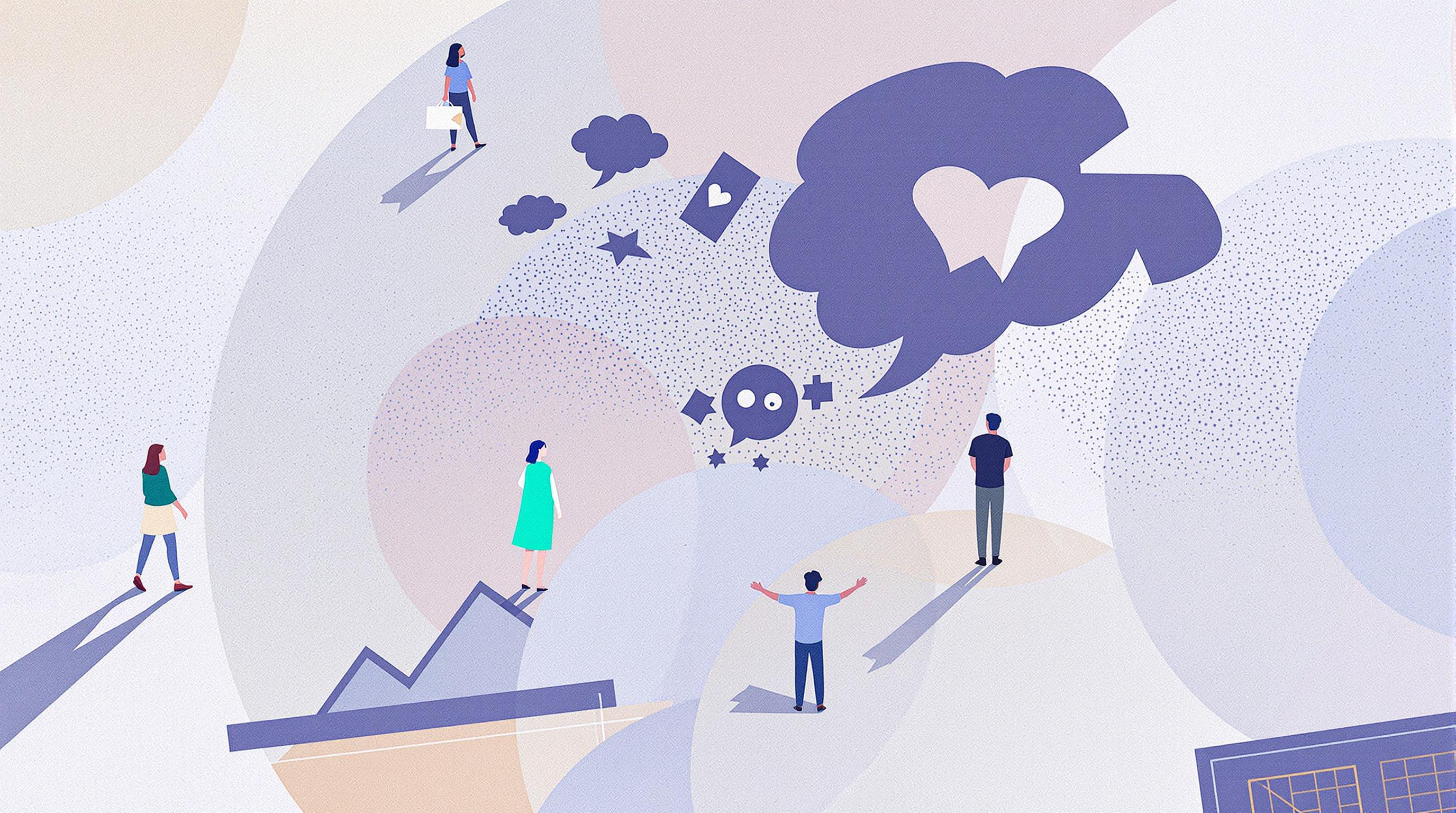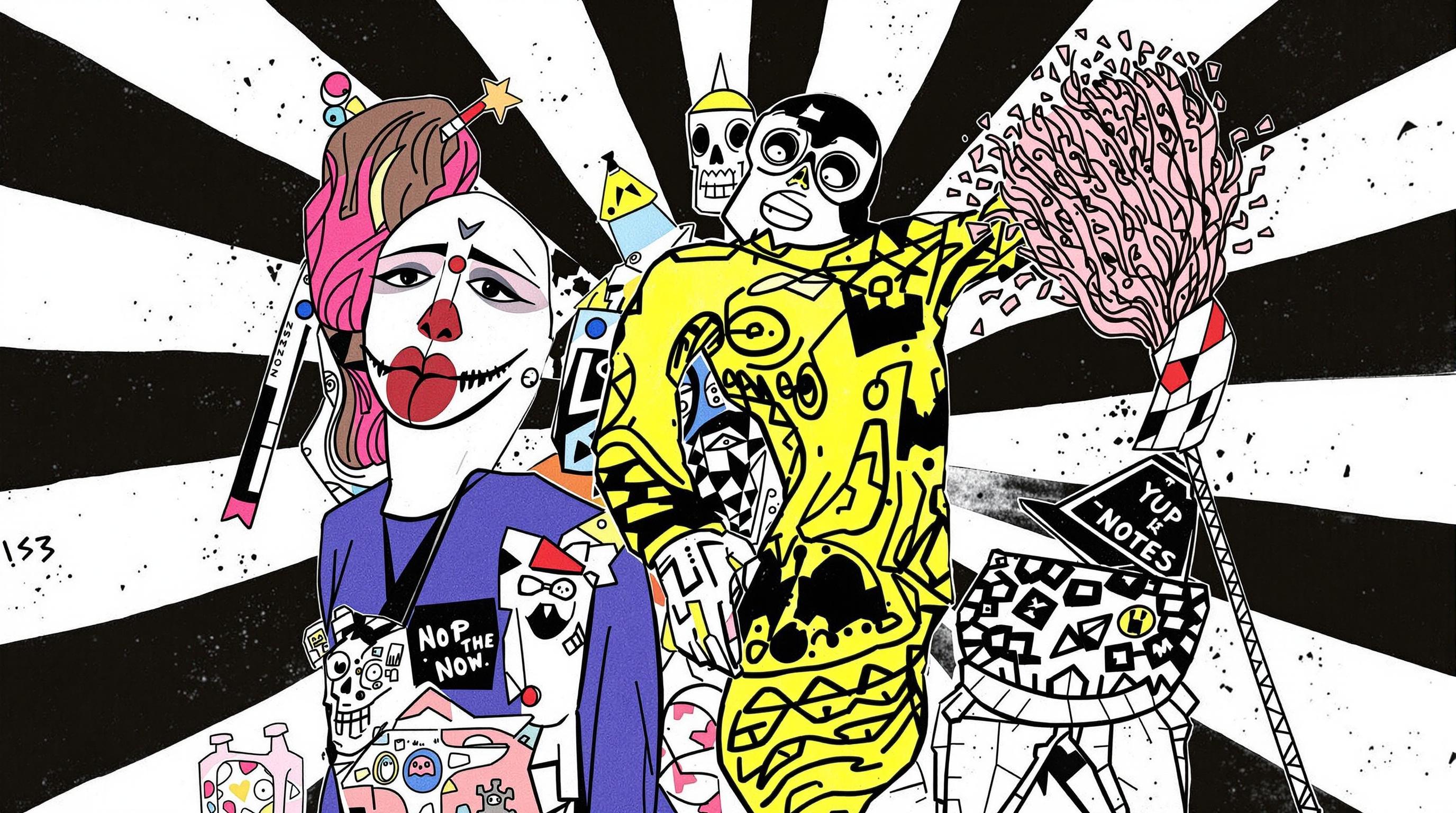Related Articles
- Unconventional Wisdom: Exploring Surprising Influencers Shaping Consumer Trends in 2023's Niche Ecosystems
- Beneath the Surface: Discovering the Unlikely Impact of Micro-Communities on 2023's Consumer Landscape
- Unexpected Catalysts: Exploring the Surprising Forces Influencing Subculture Trends in 2023
- Unmasking Influences: The Unlikely Narratives Behind Today's Obscure Market Trends and Consumer Choices
- The Paradox of Generosity: How Giving Can Lead to Unexpected Financial Gains in Competitive Markets
- The Unexpected Cost of Silence: How Communication Gaps Drain Resources in Organizations
The Uncharted Consumer: Surprising Behavioral Shifts Born from 2023’s Unusual Influences and Circumstances
The Uncharted Consumer: Surprising Behavioral Shifts Born from 2023’s Unusual Influences and Circumstances
In 2023, an extraordinary mosaic of global shifts molded the landscape of consumer behavior, creating an uncharted territory for marketers and businesses alike. This article explores the unconventional influences—from economic pressures to evolving cultural dynamics—that prompted unexpected behavioral shifts among consumers across various demographics.
Understanding the Catalyst of Change
In the wake of the COVID-19 pandemic, there’s been a resurgence of interest in local businesses and artisan goods. According to a report from the Small Business Administration, 57% of consumers indicated they were more likely to shop local following the pandemic. This shift highlights a deeper connection consumers are forging with their communities that transcends the convenience of online shopping.
The Gen Z Influence
Let us take a look at Generation Z—a demographic that has truly flipped the consumer playbook on its head. Born roughly between 1997 and 2012, Gen Z is not just tech-savvy; they are socially conscious and expect brands to reflect their values. A survey conducted by McKinsey revealed that 85% of Gen Z respondents prefer brands that demonstrate a commitment to social justice. With these young consumers wielding significant purchasing power, their preference for ethical brands is not merely a trend, but a critical factor in shaping corporate strategies. Talk about a big move in corporate responsibility!
Emotional Consumerism
The emotional connection between consumers and brands has exponentially evolved. Brands no longer just sell products; they offer narratives that resonate with individual consumers’ experiences. A pivotal case study is Nike’s “You Can’t Stop Us” campaign, launched during the pandemic. With an emphasis on unity and resilience, it generated over 60 million views within a week, illustrating the power of emotional consumerism. Connecting on a deeper level, brands are becoming less transactional and more relational, guiding the consumer to feel part of a community.
Climate Change and Conscious Choices
As the climate crisis takes center stage, consumers are increasingly making eco-conscious choices. A Nielsen report found that 73% of global consumers are willing to change their consumption habits to reduce their environmental impact. This has led to explosive growth in the eco-friendly product sector, where biodegradable packaging and sustainable materials are not just optional, but expected. Brands like Patagonia and Allbirds have tapped into this trend, not just by developing sustainable lines, but by being transparent about their manufacturing processes. The result? Stronger brand loyalty based on shared values.
The Rise of Experiential Consumption
As a millennial writer (what's up, fellow '90s kids?), I can tell you one thing: we love experiences over things. This trend has only intensified as consumers find joy in adventures rather than accumulating material possessions. The World Travel and Tourism Council anticipates that international travel will rebound to pre-pandemic levels by 2024. Experiences such as immersive art exhibits or interactive food festivals are becoming the new luxury goods. As more consumers immerse themselves in unique experiences, traditional retail may soon be left in the dust unless they adapt.
Adapting to Economic Pressures
Behind every unusual consumer trend lies an economic backdrop that cannot be ignored. As inflation rates soared to a whopping 6.8% in early 2023 (according to the U.S. Bureau of Labor Statistics), consuming differently became essential for many households. Consumers are opting for 'value over volume'—a shift where quality or utility takes precedence over quantity. Discount retailers like Aldi and Dollar Tree have seen significant foot traffic as cost-conscious shoppers make more calculated choices. This ability to pivot in the face of hardship sets the savvy consumer apart.
Social Media Sparked Movements
Ever heard of the phrase, “The medium is the message”? Social media in 2023 proved to be more than just a communication tool; it’s a platform for awareness and social change. Viral challenges like the “Buy Nothing Day” trend, which aims to minimize consumer spending for environmental reasons, have built substantial online communities united in purpose. With platforms facilitating these discussions, businesses that ignore these social currents may find themselves out of touch with their audience. The stakes have never been higher; brands must align with social movements or risk being labeled as irrelevant.
The Future of Hybrid Consumerism
Baby boomers, hold onto your hats—as younger generations continue to redefine the marketplace, hybrid consumerism is on the rise. This multi-channel approach integrates online shopping with brick-and-mortar experiences, allowing for greater flexibility and personalization. Research from Shopify shows that 70% of consumers report they prefer to shop in a hybrid manner, balancing online convenience with in-store experiences that allow them to touch and feel products before purchasing.
The Unexpected Appeal of Thrifting
How many of you have hunted through piles at thrift stores this year? Thrifting has transitioned from being a niche market to a mainstream phenomenon, driven largely by economic constraints and the desire for sustainability. According to ThredUp’s 2023 Resale Report, the resale market is projected to reach $82 billion by 2026. Not only is thrift shopping financially savvy, but it also offers a unique charm in the pursuit of one-of-a-kind finds. It seems like vintage is the new black!
In Conclusion: Navigating the New Normal
As we journey further into 2023, marketers, entrepreneurs, and consumers alike must navigate this uncharted landscape with agility. The consumer of today is layered, complex, and influenced by a wide spectrum of social, economic, and emotional factors. Understanding these shifts will be pivotal for brands aiming to engage authentically with their audience. Just remember, whether it’s through experiential consumption, ethical choices, or social movements, the uncharted consumer is here to stay. Buckle up, because retail and marketing in this new era are just getting started!
So, what’s your take? Will you be leading the charge toward conscious consumerism or scrolling endlessly toward online bargains? Your choices might just be the next headline maker in consumer behavior!




